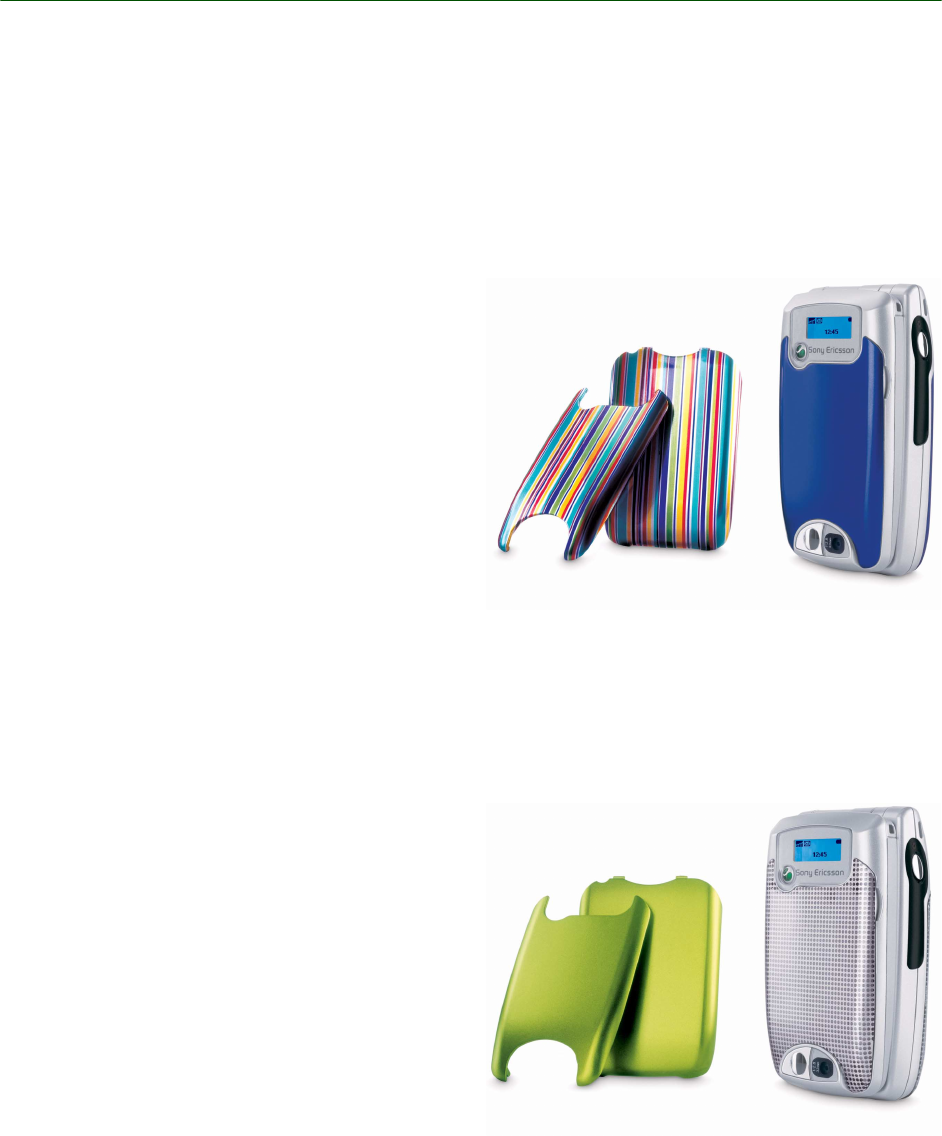
White Paper Z600
12 September 2003
Benefits
Essentially enabling the mobile terminal to serve as
image processor and conveyor, Multimedia Mes-
saging accommodates the exchange of important
visual information as readily as it facilitates fun.
Business and leisure usage of MMS will be dynam-
ically merged, resulting in enhanced personal effi-
ciency for users and increased network activity for
operators. In short, MMS affords total usage for
total communication
Because MMS uses WAP as its bearer technology
and is being standardized by 3GPP, it has wide
industry support and offers full interoperability,
which is a major benefit to service providers and
end users. Ease-of-use resulting from both the
gradual steps of the messaging evolution and the
continuity of user experience gained from interop-
erability is assured.
The MMS server, through which MMS messages
are sent, supports flexible addressing (to both nor-
mal phone numbers (MSISDN) and e-mail
accounts), which makes user interface more
friendly and allows greater control for operators.
The MMS server, moreover, is responsible for the
instant delivery feature of MMS.
MMS technical features
The MMS standard, just like SMS, offers store-and-
forward transmission (instant delivery) of mes-
sages, rather than a mailbox-type model. MMS is a
person-to-person communications solution, mean-
ing that the user gets the message directly into the
mobile phone. He or she doesn’t have to call the
server to get the message downloaded to the
mobile phone. Unlike SMS, the MMS standard
uses WAP as its bearer protocol. MMS will take
advantage of the high speed data transport tech-
nologies EDGE and GPRS and support a variety of
image, video and audio formats to facilitate a com-
plete communication experience.
Architecture
The MMS Centre (MMS-C) is comprised of the
MMS Server, the MMS Proxy-Relay and the MMS
Store. The MMS Centre is the central element of
the MMS network architecture, providing storage
and operational support, enabling instant delivery
of multimedia messages from terminal-to-terminal
and terminal-to-e-mail, and supporting flexible
addressing. The centre’s MMS Proxy-Relay inter-
acts with the application being run on the MMS-
enabled terminal to provide various messaging
services. WAP is used as bearer of an MMS mes-
sage between the MMS-C and the MMS client
(application). The WAP Gateway is used for delivery
and retrieval of messages.


















